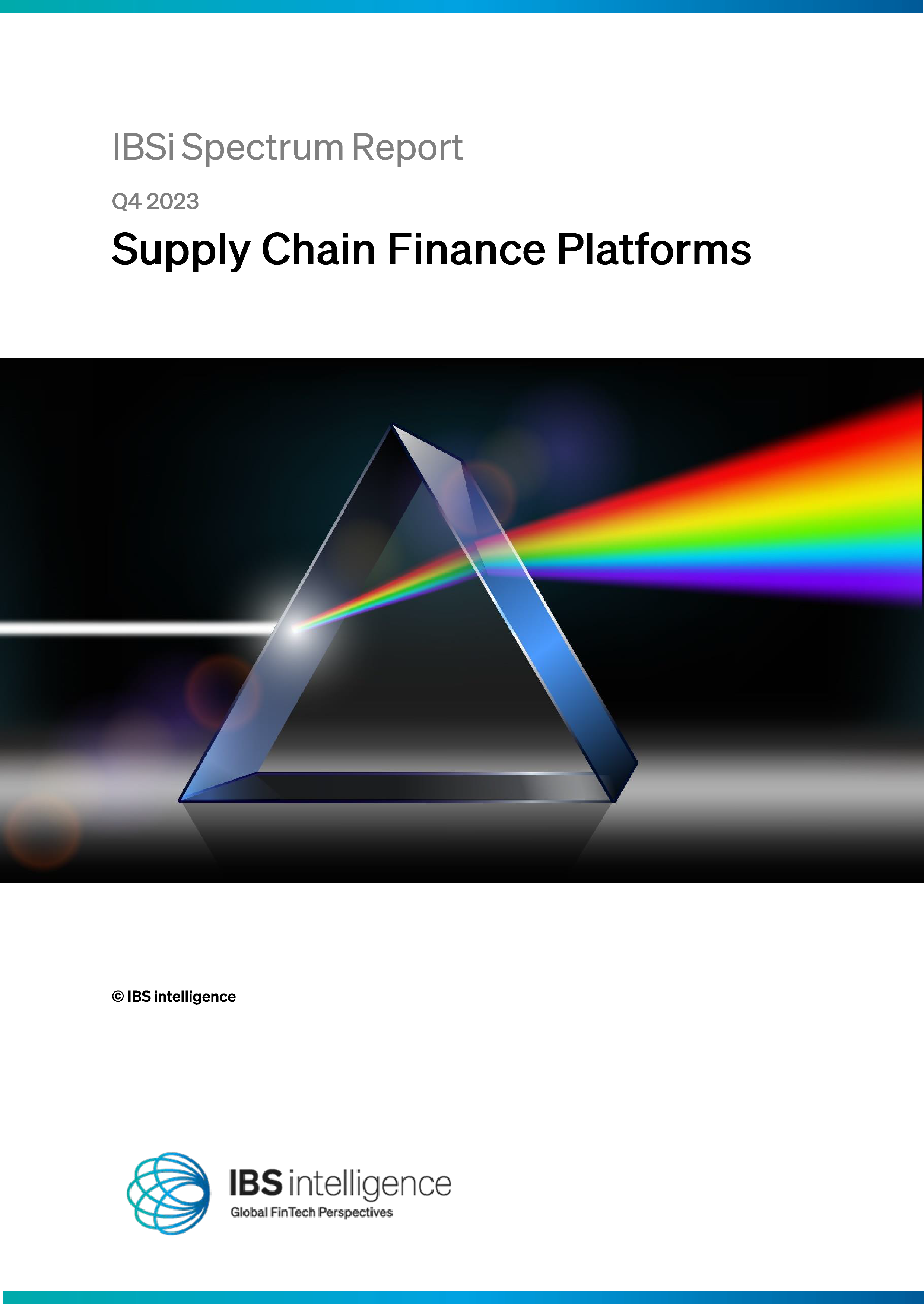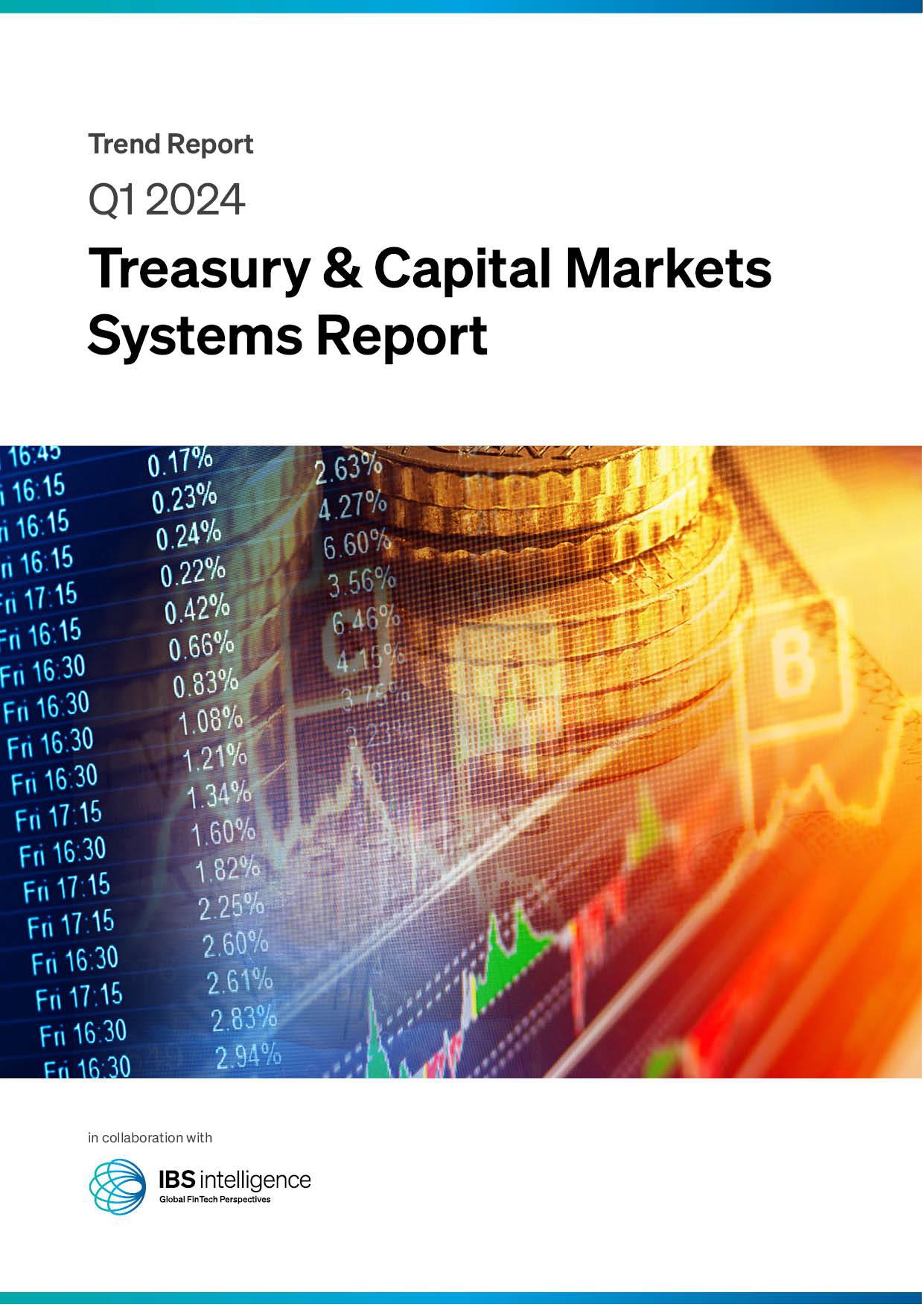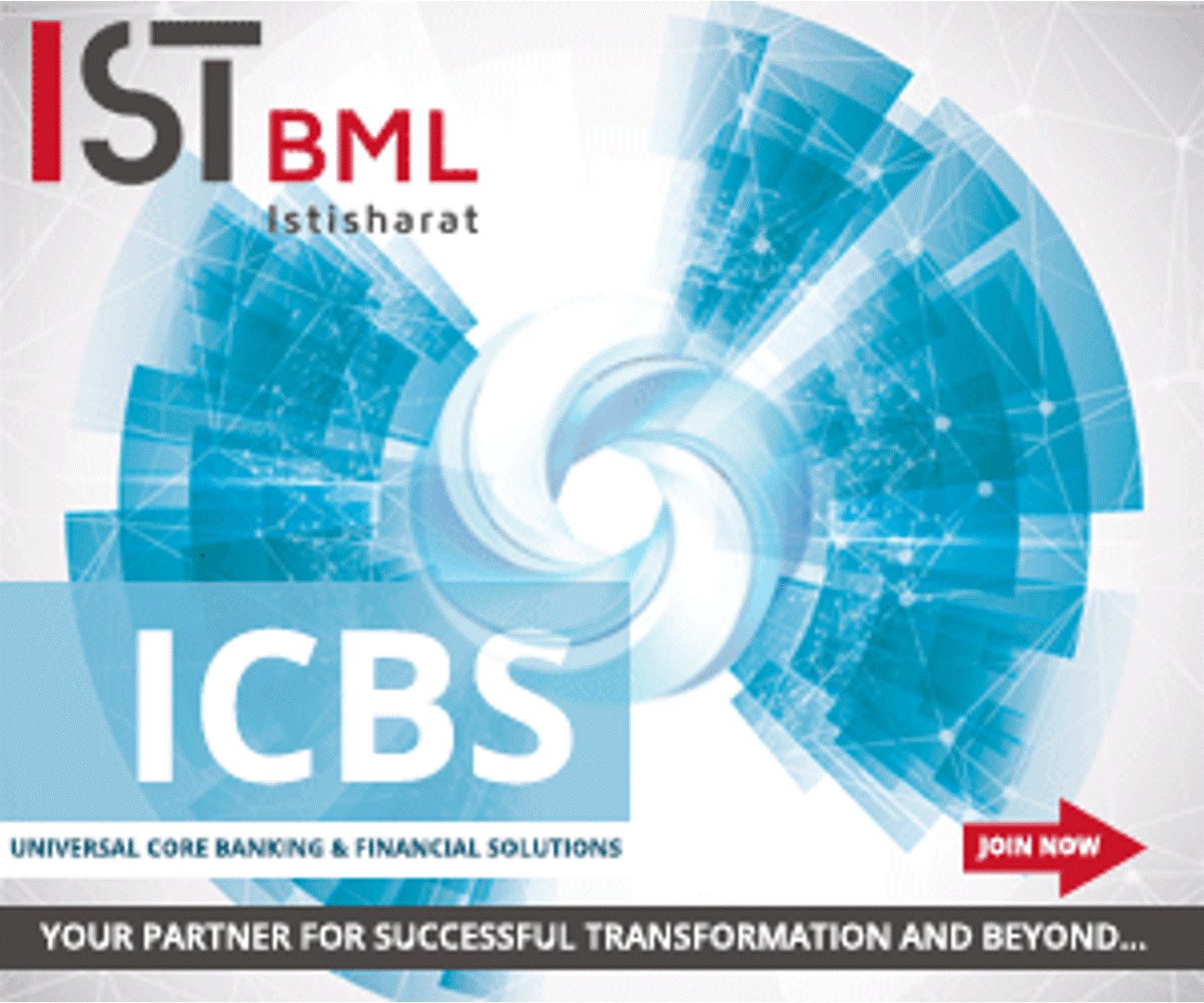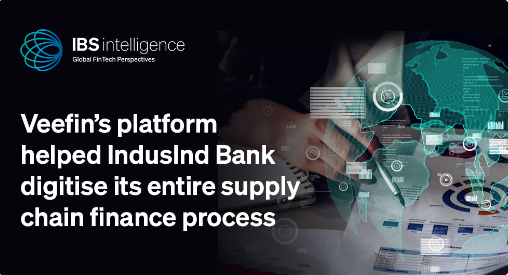 Back
Back
How digital payments drove financial inclusion in India
By Puja Sharma
Digital payments have helped solve the infrastructure challenges, offer convenience, and create a secure and convenient way to bring new businesses and micro-merchants into the digital ecosystem. With improved technology and awareness, digital payments provide people with a safe, secure, and seamless experience. Digital payments saw an exponential spike in the pandemic era as the […]
This article can only be read by subscribers. Subscribe to IBSi Premium or Sign in
Get access to IBSi Premium
IBSi Daily News Analysis + monthly IBSi FinTech Journal
Daily insightful Financial Technology news analysis
Weekly snapshots of industry deals, events & insights
Weekly global FinTech use cases
Chart of the Week curated by IBSi’s Research Team
Monthly issues of the iconic IBSi FinTech Journal
Exclusive invitation to a flagship IBSi on-ground event of your choice
£19.99/monthly - Subscribe Now!
Other Related News
Related Reports

Sales League Table Report 2023
Know More
Global Digital Banking Vendor & Landscape Report Q1 2024
Know More
Wealth Management & Private Banking Systems Report Q1 2024
Know More
IBSi Spectrum Report: Supply Chain Finance Platforms Q4 2023
Know More









